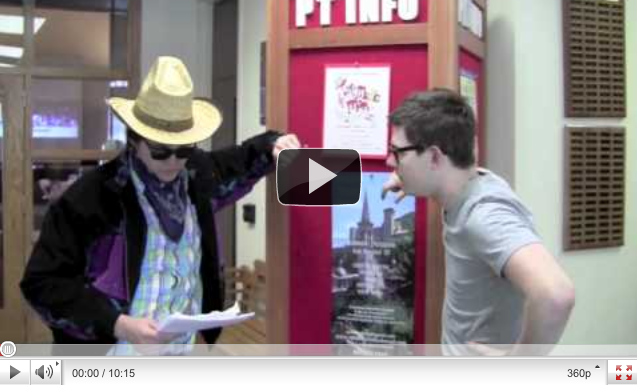 Have you been wondering how to make your print publications available online? Flipbooks are a great alternative to posting PDFs of your magazines, brochures or catalogs.
Have you been wondering how to make your print publications available online? Flipbooks are a great alternative to posting PDFs of your magazines, brochures or catalogs.
Our communications office realized a couple years ago that we needed to find a solution for making our alumni magazine available online, so that alumni anywhere in the world could access it at any time. After much searching, I came across Flipdocs, a service that turns your PDFs into interactive flipbooks, and I haven’t looked back since.
Top features of Flipdocs:
Customization – You can give your flipbook a title, add a table of contents, and customize the background. If needed, you can add password protection. They also give you a variety of options for linking to your flipbook, including embedding it seamlessly into your site.
Easy to use – Flipdocs is not only easy for me to use, but also for our site visitors. When viewing a flipbook, you can turn through the pages, navigate through the table of contents, or view thumbnails of each page. Viewers can also print pages, download the PDF and e-mail to a friend.
Video – One of the top reasons we chose Flipdocs as opposed to other flipbook services was the ability to easily add video into the interactive flipbook. Using the link editor, you just add the URL of your YouTube video. You can also add Flash.
Analytics – Beyond just giving me the total number of views for each flipbook, Flipdocs also provides analytics for total views per day and total clicks per link.
SEO – The content of your flipbook is SEO juice. Search engines can read the text of your publication, which can boost your visibility in search engine results pages.
Pricing:
Pro plan – $350/year. You can pay a flat fee and convert as many PDFs as you want. This is a great cost-effective plan if you plan to upload many publications. Our top reason for choosing the Pro plan was the ability to replace flipbooks at no additional cost when corrections are needed. This is really beneficial for our summer school catalog, so that we can add classes or note which classes are full.
Pay as you go – $30 for 20 pages + $1 per additional page. This is a great plan if you plan to use it only for a few publications, such as your alumni magazine that only comes out 3 or 4 times a year.
